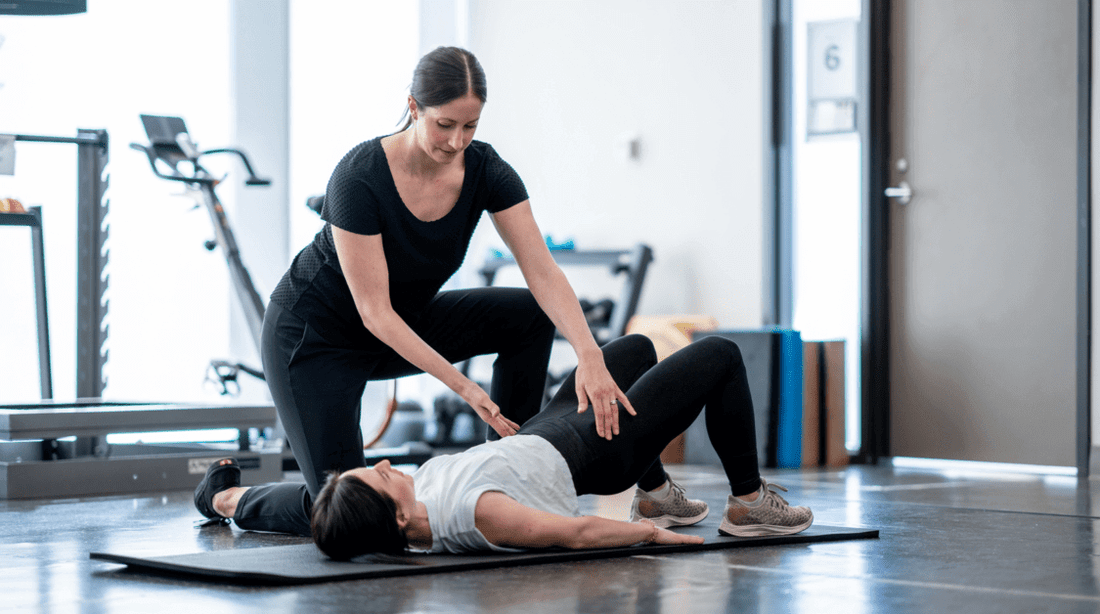Pelvic floor muscles play a crucial role in supporting the bladder, uterus, and bowel. Weak pelvic muscles can lead to various issues, including incontinence. Thankfully, there are targeted exercises, such as Kegel exercises and pelvic floor therapy, that can help strengthen these muscles and improve overall pelvic health.
In this blog post, we'll explore the importance of pelvic floor exercises when dealing with adult incontinence and provide a comprehensive guide to help you incorporate them into your routine.
Understanding Pelvic Floor Muscles
The pelvic floor is a group of muscles that span the bottom of the pelvis, supporting the pelvic organs and maintaining urinary and bowel control. These muscles can weaken due to factors like childbirth, aging, or surgery, leading to incontinence problems. Strengthening the pelvic floor is essential for regaining control and preventing further complications.
4 Key Exercises for Pelvic Floor Strengthening
1. Kegels

Kegels involve contracting and relaxing the pelvic floor muscles.
Begin by identifying your pelvic muscles: tighten as if you're trying to stop the flow of urine.
Hold the contraction for 3-5 seconds, then relax for an equal amount of time.
Aim for 10-15 repetitions, gradually increasing the duration of contractions.
2. Bridge Exercise

Lie on your back with knees bent and feet hip-width apart.
Lift your hips towards the ceiling, engaging your glutes and pelvic muscles. Hold for 5-10 seconds, then lower back down.
Repeat 10-15 times.
3. Squats

Stand with feet shoulder-width apart.
Lower your body into a squat position, keeping your back straight.
Engage your pelvic floor muscles as you return to a standing position. Perform 3 sets of 10-15 squats.
4. Pelvic Tilts

Lie on your back with knees bent and feet fat on the floor.
Tighten your abdominal muscles and tilt your pelvis upward. Hold for a few seconds before releasing.
Repeat 10-15 times.
5. Bonus: Pelvic Floor Physiotherapy
Not an exercise, however, a great recommendation to help. You might consider consulting a pelvic floor therapist for personalized exercises and guidance. Pelvic floor therapy may include biofeedback, electrical stimulation, and manual techniques to enhance muscle function.
Incorporating Pelvic Exercises Into Your Routine
Consistency is key when it comes to pelvic floor exercises. Here are some tips to help you integrate them into your daily routine:
- Set a Schedule: Allocate specific times during the day for your exercises, making them a regular part of your routine.
- Use Reminders: Set alarms or reminders on your phone to prompt you to perform your pelvic floor exercises.
- Combine with Daily Activities: Perform Kegel exercises while sitting at your desk, watching TV, or waiting in line. No one will even know you're doing them!
- Track Your Progress: Keep a journal to monitor your exercise routine and track any improvements in pelvic strength and control.
Strengthening your pelvic floor muscles through targeted exercises like Kegels and incorporating pelvic floor therapy into your routine can significantly improve incontinence issues.
By investing time and effort into these exercises, you're not only taking control of your pelvic health but also enhancing your overall well-being. Remember, consistency is key, and with patience, you'll likely experience positive results over time.
In the meantime, you can count on PeapodMats to help you through your journey with incontinence. Our leakproof mats come in 3 different sizes so you can find the one to best suit your needs. Whether needed to protect your mattress, couch or the seat in your car.

